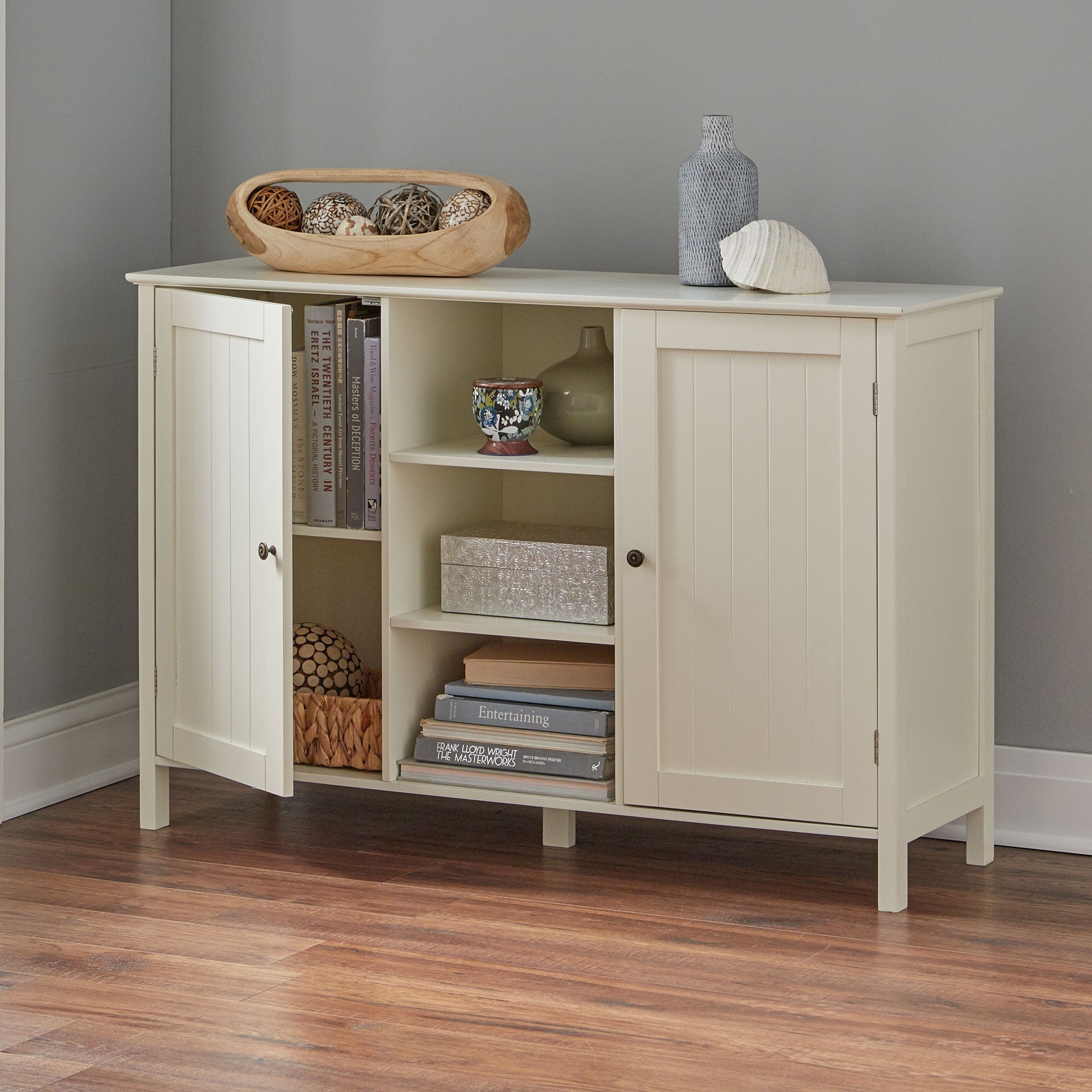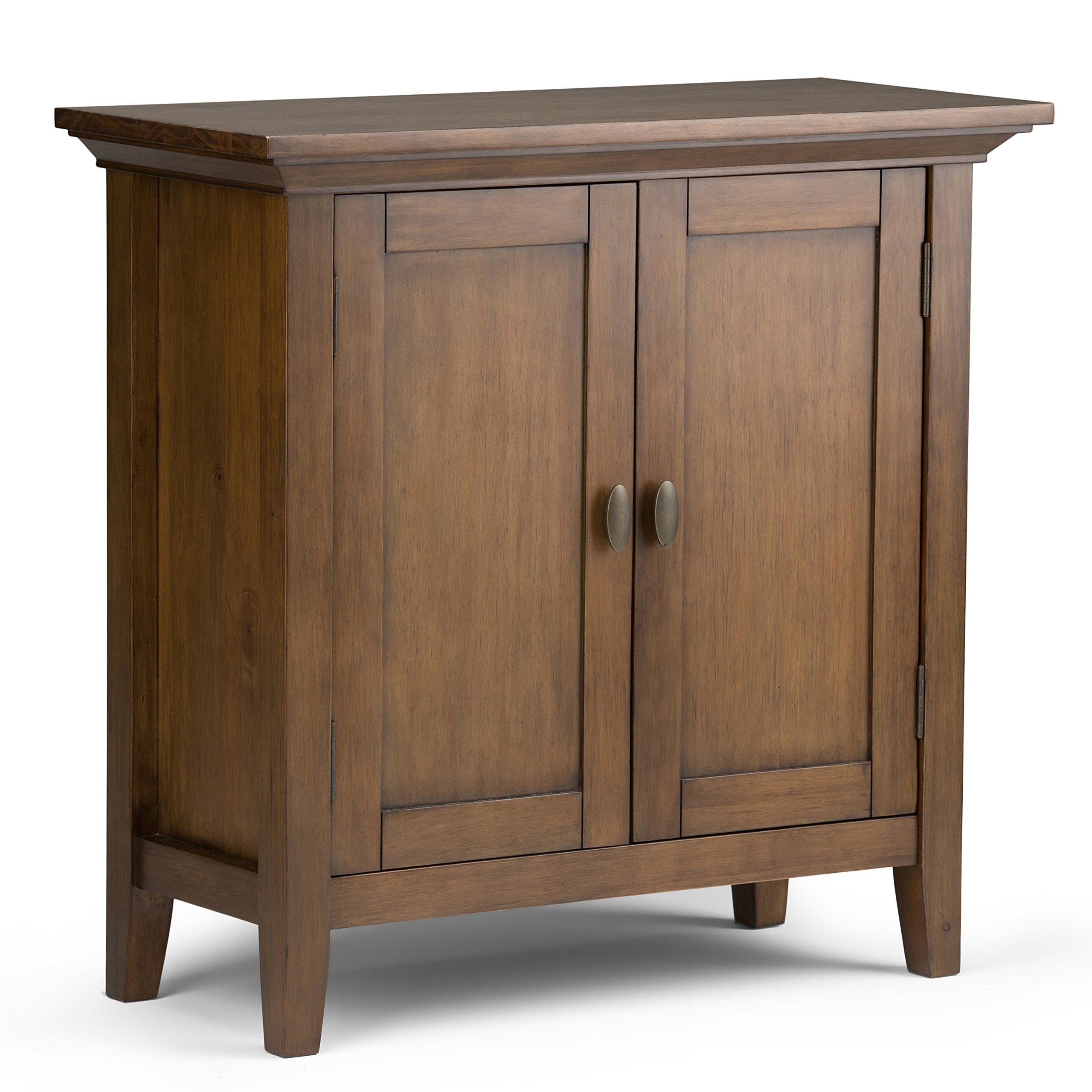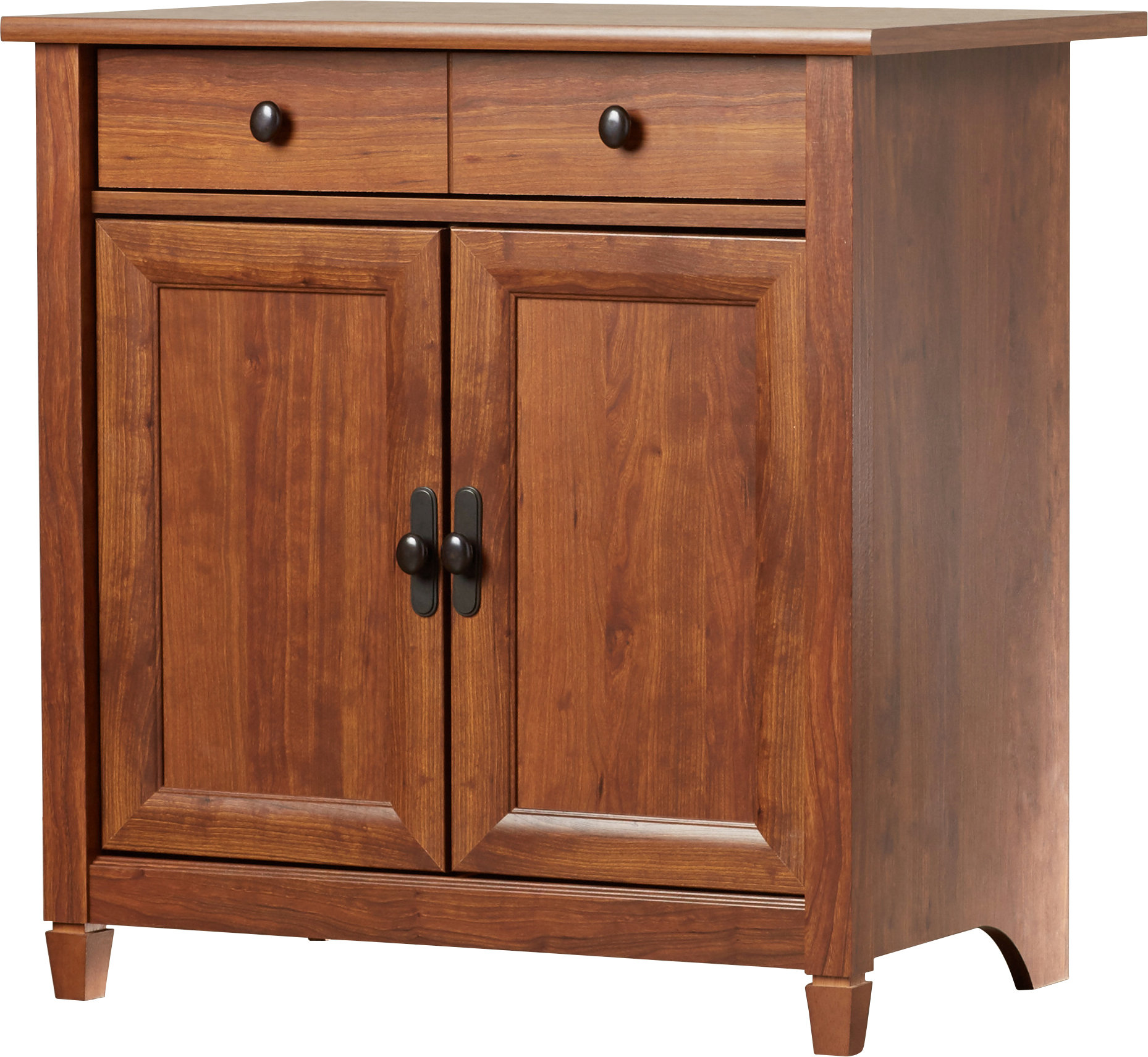Types and Styles of 2-Door Wood Cabinets

Two-door wood cabinets offer a versatile storage solution for various spaces, from kitchens and bathrooms to living rooms and offices. The style and type of cabinet you choose significantly impact the overall aesthetic and functionality of your room. Understanding the different options available is crucial for making an informed decision.
Wood Types and Their Properties
The choice of wood significantly influences a cabinet’s durability, maintenance requirements, and overall cost. Different wood types possess unique characteristics that make them suitable for specific applications and styles.
| Wood Type | Durability | Maintenance | Cost |
|---|---|---|---|
| Oak | Very Durable; resists scratches and dents well. | Regular dusting; occasional polishing with wood cleaner. | Medium to High |
| Maple | Hard and durable; less prone to dents than softer woods. | Similar to oak; relatively low maintenance. | Medium to High |
| Cherry | Durable; can be susceptible to scratches if not finished properly. | Regular dusting; requires occasional polishing and protection from direct sunlight to prevent fading. | High |
| Pine | Less durable than hardwoods; more prone to dents and scratches. | Requires more frequent maintenance; may need refinishing more often. | Low to Medium |
Cabinet Styles and Design Features
Different cabinet styles are characterized by distinct design features, primarily in door paneling, hardware, and overall aesthetic.
Shaker Style Cabinets
Shaker style cabinets are known for their simple, clean lines and minimalist aesthetic. The doors typically feature a flat panel inset within a frame, creating a simple yet elegant look. Hardware is usually understated and functional, often featuring simple knobs or pulls. These cabinets are versatile and can complement both traditional and modern settings. Oak and maple are commonly used wood types for Shaker cabinets, reflecting their durable and easy-to-maintain nature.
Mission Style Cabinets
Mission style cabinets exude a rustic and craftsman-like feel. They often feature robust construction, thick wood, and simple, geometric designs. The doors may be flat or slightly raised panel, and the hardware is typically substantial and functional, often made of wrought iron or heavy metal. Darker wood stains, such as walnut or cherry, are commonly used to enhance the richness of the Mission style.
Modern Style Cabinets
Modern style cabinets emphasize clean lines, sleek designs, and minimalist aesthetics. The doors are typically flat or have very subtle paneling, and the hardware is often integrated or recessed, creating a seamless look. Modern cabinets are frequently made from sleek materials like lacquered wood or even high-pressure laminate, though solid wood options are also available. Light-colored woods, such as maple or birch, are frequently used.
Traditional Style Cabinets
Traditional style cabinets offer a classic and timeless appeal. They often feature ornate details, raised panel doors, and decorative molding. The hardware is typically more elaborate, featuring decorative knobs or pulls. Traditional cabinets are often made from rich, warm woods such as cherry, mahogany, or oak, enhancing their elegance and sophistication. They are often associated with more elaborate detailing on the cabinet frames and door panels.
Uses and Placement of 2-Door Wood Cabinets: 2 Door Wood Cabinet

Two-door wood cabinets offer versatile storage solutions for various rooms in a home. Their adaptability stems from the wide range of sizes, styles, and finishes available, influencing their ideal placement and functionality. Careful consideration of these factors ensures optimal use of space and aesthetic harmony.
2 door wood cabinet – The size and style of a 2-door wood cabinet significantly impact its suitability for a particular location. A tall, narrow cabinet might fit snugly in a hallway or bathroom, while a wider, shorter cabinet is better suited for a living room or kitchen. Similarly, a rustic cabinet complements a farmhouse-style kitchen, whereas a sleek, modern cabinet enhances a contemporary living space. The cabinet’s finish – be it painted, stained, or lacquered – should also harmonize with the existing décor.
Common Locations and Size/Style Considerations
The most common locations for 2-door wood cabinets include kitchens, bathrooms, bedrooms, living rooms, and hallways. In kitchens, cabinets often store pantry items, dishes, or small appliances. Size and style vary widely: a large, sturdy cabinet might house pots and pans, while a smaller, more delicate one might hold fine china. Bathrooms typically feature smaller cabinets for toiletries and linens; a narrow, tall cabinet maximizes vertical space in a small bathroom. Bedrooms might use 2-door cabinets for clothing, linens, or extra blankets. Here, size and style choices reflect personal preference and available space. Living rooms might use them for storing media equipment, books, or games, with size and style determined by the room’s overall aesthetic. Finally, hallways often accommodate slim cabinets for storing coats, shoes, or other items.
Storage and Organization Scenarios, 2 door wood cabinet
Two-door wood cabinets offer diverse storage solutions depending on their design and intended use. For example, a cabinet with adjustable shelves allows for flexible organization of items of varying heights and sizes. Cabinets with drawers offer additional storage for smaller items. Some cabinets feature built-in dividers or compartments to keep contents organized and prevent items from shifting during movement. The use of baskets or containers within the cabinet can further enhance organization and create visual appeal. A cabinet with a mirrored door can function as both storage and a reflective surface, adding functionality and style to a space.
Typical Items Stored in 2-Door Wood Cabinets by Room
The contents of a 2-door wood cabinet depend heavily on its location and intended purpose. The following list illustrates typical items stored in various rooms.
- Kitchen: Dishes, cookware, pantry staples (canned goods, spices, baking supplies), small appliances (mixer, toaster), linens.
- Bathroom: Toiletries, towels, linens, cleaning supplies, medications.
- Bedroom: Clothing, linens, blankets, extra pillows, personal items (jewelry, accessories).
- Living Room: Books, games, media equipment (DVDs, CDs, remotes), blankets, board games.
- Hallway: Coats, shoes, hats, gloves, umbrellas, keys.
Building and Maintaining 2-Door Wood Cabinets

Building a custom 2-door wood cabinet offers a rewarding experience, allowing for personalized design and superior quality. Proper maintenance ensures its longevity and beauty. This section details the construction process and provides essential care tips.
Building Custom 2-Door Wood Cabinets: A Step-by-Step Guide
Constructing a 2-door wood cabinet involves careful planning and execution. The following steps provide a framework for the process:
- Design and Planning: Determine the cabinet’s dimensions, style, and desired features (shelves, drawers, etc.). Create detailed drawings, including measurements for all components.
- Material Selection: Choose suitable wood based on budget and desired aesthetic. Consider factors like durability, workability, and grain pattern. Hardwoods like oak or maple offer superior strength and longevity.
- Cutting and Assembly: Cut the wood components according to the design plans using accurate measurements. Assemble the cabinet using joinery techniques such as dowels, mortise and tenon, or biscuits. Ensure squareness and proper alignment at each stage.
- Door Construction: Build the doors using the chosen wood and joinery method. Incorporate hinges and door handles, ensuring smooth operation.
- Interior Configuration: Install shelves and drawers based on the planned design. Use appropriate hardware and fastenings to secure them firmly.
- Finishing: Sand all surfaces smoothly, starting with coarser grit sandpaper and progressing to finer grits. Apply wood stain or paint, followed by a clear sealant to protect the wood and enhance its appearance.
Maintaining and Repairing 2-Door Wood Cabinets
Regular maintenance extends the lifespan of your cabinet. This includes cleaning, refinishing, and addressing common issues.
Regular dusting prevents dust buildup and protects the finish. Use a soft cloth and avoid harsh chemicals.
For stubborn stains, use a mild soap solution and a damp cloth. Always test any cleaning solution on an inconspicuous area first.
- Cleaning: Dust regularly with a soft cloth. For more thorough cleaning, use a slightly damp cloth with mild soap. Avoid excessive moisture.
- Refinishing: Over time, the finish may wear or become damaged. Refinishing involves sanding the existing finish, applying new stain or paint, and sealing with a protective topcoat. This restores the cabinet’s appearance and protects the wood.
- Addressing Scratches: Minor scratches can be repaired using wood filler matched to the cabinet’s color. Larger scratches may require more extensive repair or refinishing.
- Water Damage: Promptly address any water spills or leaks to prevent damage. If water damage occurs, allow the wood to dry thoroughly and consider professional repair if necessary.
Interior Configuration Designs for 2-Door Cabinets
Three different interior configurations can maximize storage in a standard-sized 2-door cabinet.
- Design 1: All-Shelving Configuration: This design utilizes adjustable shelves to accommodate items of varying heights and sizes. Multiple shelves provide ample storage for dishes, pantry items, or linens.
- Design 2: Shelving and Drawer Combination: This combines the benefits of adjustable shelves for taller items with drawers for smaller items like cutlery or utensils. The drawers can be placed at the bottom or top, depending on preference and item usage.
- Design 3: Specialized Storage: This design caters to specific needs. For example, a wine cabinet might include slots for wine bottles, while a linen cabinet could incorporate pull-out drawers for folded items and a taller section for blankets.
